Cleaning carpets is never an easy task, but it can be made much easier with a few hacks. In this article, we’ll teach you a few tricks to help make your carpet cleaning process a little bit smoother. From using vinegar to deodorising, read on to find out everything you need to know to get your carpets looking and smelling great!
What are some of the most common carpets that need cleaning?
Cleaning carpets is an essential task to maintain a healthy and hygienic living environment. Different types of carpets require various cleaning methods to keep them looking fresh and prolong their lifespan. Here, we’ll explore some of the most common carpets that often need cleaning and the reasons behind it.
Nylon Carpets
Nylon carpets are popular due to their durability and resistance to stains. However, they still require regular cleaning to remove dirt and grime. Nylon fibers can trap dust particles over time, affecting the carpet’s appearance and indoor air quality. Vacuuming and periodic professional cleaning can help maintain the vibrant look of nylon carpets.

Wool Carpets
Wool is a natural fiber known for its luxurious feel and appearance. Wool carpets are susceptible to trapping dirt and can be a breeding ground for allergens. Regular vacuuming is crucial for removing surface dirt, but professional cleaning is recommended to eliminate deep-seated contaminants. It’s essential to use gentle cleaning methods to preserve the delicate nature of wool fibers.
Polyester Carpets
Polyester carpets are known for their stain-resistant properties, but they can still accumulate dirt over time. Regular vacuuming is effective in removing loose particles, while steam cleaning or hot water extraction can help eliminate embedded stains and odors. Care should be taken to use cleaning solutions compatible with polyester fibers.
Olefin Carpets
Olefin, also known as polypropylene, is a synthetic fiber resistant to moisture and mold. However, olefin carpets can attract oil-based stains and may require specialised cleaning. Steam cleaning is a suitable method for removing stubborn stains from olefin carpets. Additionally, regular vacuuming helps prevent the accumulation of dirt and debris.
Berber Carpets
Berber carpets, characterised by their looped construction, are popular for their durability. However, the tight loops can trap dirt, making regular cleaning essential. Vacuuming with a brush or beater bar attachment helps lift dirt from the loops. Care should be taken when using carpet cleaners to avoid damaging the loops.
Cut Pile Carpets
Cut pile carpets, which include styles like plush and Saxony, are prone to showing footprints and vacuum marks. Regular vacuuming with a high-quality vacuum cleaner is crucial to maintaining their appearance. Professional cleaning, such as steam cleaning, can revive the carpet’s texture and remove deeply embedded dirt.
Shag Carpets
Shag carpets are known for their long, fluffy fibers, providing a cosy and stylish look. However, these fibers can trap dust and allergens, requiring regular cleaning. Vacuuming with a brush attachment is effective in removing surface debris, while steam cleaning can rejuvenate the shaggy texture.

How do you clean a carpet with pet hair?
Carpet cleaning is a necessary task, but it can be a daunting one. With so many myths and misconceptions about how to clean carpets, it can be hard to know what to do. In this post, we’re going to share some tips on how to clean carpets with pet hair.
When it comes to cleaning pet hair from carpets, the most important thing is to get started as soon as possible. If the hair is dried out or matted, it will be much harder to remove. Also, make sure you use the right tools for the job: A vacuum cleaner with a pet hair tool attachment is best for smaller areas, while a professional carpet shampooer is better for larger areas.
Here are some tips on how to clean pet hair from carpets
Wet down the area you want to clean thoroughly before starting. This will help prevent static build-up and dusting during the cleaning process.
Use a vacuum cleaner with a pet hair tool attachment if the area is small. Be sure to pre-treat the area with soap and water beforehand to reduce odours. Put your hand over the opening of the hose so that liquid doesn’t end up all over your floor!
If the area is larger, use a shampoo with an attached brush or sweeper. Again, wet down the surface first before beginning by spraying water onto any dirt
How to clean a carpet with urine?
If you have a pet or child who has fallen asleep on the carpet, you may need to clean it. Here are some tips on how to do it:
If the urine is still wet, dilute a household cleaning chemical with hot water until the solution is slightly diluted and pour it onto the soiled area. Use a mop or cloth to work the mixture into the fabric.
If the urine is dry, use rubbing alcohol or club soda mixed with equal parts of water to clean the area. Rubbing alcohol will remove dirt and dried saliva; club soda will help neutralise odours. Pour this mixture onto a cloth and work it into the fabric. Be sure to rinse everything thoroughly with water afterwards.
How to clean a carpet with blood?
There are lots of ways to clean a carpet with blood. Here are three tried-and-true methods:
- Pour bleach onto the stain, let it sit for a few minutes, and then blot dry.
- Pour boiling water onto the stain and blot dry.
- Scrub the stain with a stiff brush and then pour white vinegar onto the scrubbed area and leave it there for about 20 minutes. Blot dry

How to clean a carpet with food residue?
Cleaning a carpet with food residue may seem challenging, but with the right approach, you can restore your carpet’s cleanliness and freshness. Here’s a simple guide on how to tackle this common issue.
- Act Quickly: The key to successfully cleaning a carpet with food residue is to address the spill promptly. The longer the residue sits, the harder it becomes to remove. Act fast to prevent the stain from setting in.
- Remove Solid Debris: Start by gently scraping off any solid food particles using a spoon or dull knife. Be cautious not to push the residue deeper into the carpet fibres.
- Blot, Don’t Rub: Use a clean white cloth or paper towel to blot the affected area. Blotting helps absorb the liquid without spreading the stain. Avoid rubbing, as it can damage the carpet fibres and make the residue spread.
- Homemade Cleaning Solution: Create a simple cleaning solution by mixing one teaspoon of mild dish soap with one cup of warm water. Stir the solution gently to form suds.
- Test in a Small Area: Before applying the cleaning solution to the entire stain, test it in a small, inconspicuous area of the carpet to ensure it doesn’t cause discolouration.
- Apply the Cleaning Solution: Dip a clean cloth or sponge into the soapy water solution and gently dab the stained area. Work from the outer edges of the stain toward the centre to avoid spreading it.
- Rinse with Clean Water: After applying the cleaning solution, rinse the area with clean water to remove any soap residue. Blot with a dry cloth or paper towel to absorb excess moisture.
- Dry Thoroughly: Allow the carpet to air dry completely. Open windows or use fans to speed up the drying process. Avoid walking on the damp carpet until it’s fully dry.
- Use Baking Soda: If any odour lingers, sprinkle baking soda over the dry carpet and let it sit for a few hours before vacuuming. Baking soda helps neutralize odours.
- Professional Help if Needed: If the food residue stain persists, consider seeking professional carpet cleaning services for a deeper cleaning.
Conclusion
Having a clean home is one of the pleasures of life – and it’s not as hard as you might think! In this article, we’ll share some carpet-cleaning hacks that will make your job easier. From using vinegar to get tough dirt and stains out to using baking soda to neutralise odours and leave your carpets looking brand new, these tips are sure to help. So go ahead and put those cleaning supplies away; with a little planning, cleaning your home can be a breeze!






